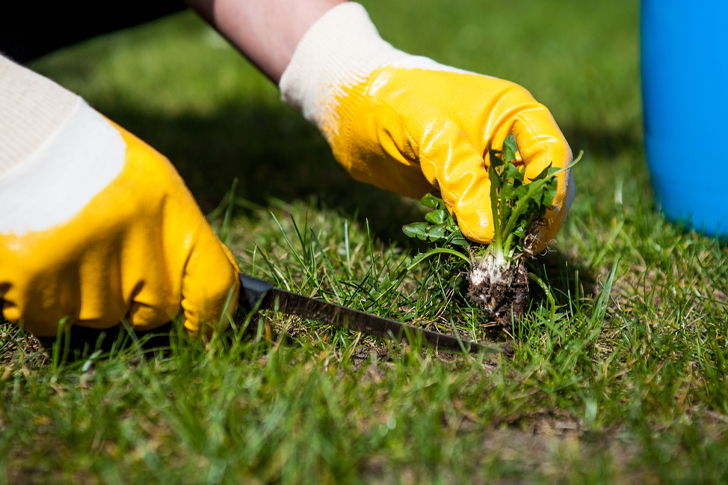Maintain a Lovely Lawn: Methods for Removing Crabgrass
Maintaining a beautiful lawn is a point of pride for many homeowners. One common challenge in achieving this is the management of invasive weeds like crabgrass. Crabgrass (Digitaria species) is a warm-season annual grass that is not only unsightly but can also undermine the health and aesthetics of your lawn. This article will explore practical and effective methods for removing crabgrass, ensuring your lawn remains lush and inviting.

Understanding Crabgrass: What You Need to Know
Before tackling crabgrass removal, it is crucial to understand its growth pattern and lifecycle. Crabgrass seeds begin to germinate when soil temperatures reach about 55 to 60 degrees Fahrenheit consistently, typically in the spring. The plants flourish in hot, dry conditions and are often found at the edges of lawns or in thin, stressed sections of grass. Each crabgrass plant can produce up to 150,000 seeds, which can remain viable in the soil for many years, making early detection and removal key.
Preventative Measures to Control Crabgrass
The first line of defense against crabgrass is maintaining a healthy, dense lawn that chokes out potential weeds. Regular feeding, proper mowing, and adequate watering are essential. Mowing should be done at the height recommended for your specific type of grass, as high mowing heights can help prevent sunlight from reaching weed seeds and encourage thicker turf. Moreover, deep, infrequent watering encourages strong root systems for your lawn and less favorable conditions for crabgrass, which thrives on short, light watering.
Pre-emergent herbicides are another crucial tool in crabgrass prevention. These products are designed to prevent crabgrass seeds from germinating. Timing is critical for applying pre-emergents; they should be applied in early spring, about two weeks before you expect the last frost. For example, in the northern U.S., this typically means application in April, whereas, in the southern U.S., March might be more appropriate. Products containing pendimethalin, prodiamine, or dithiopyr are common choices and can provide control for two to four months depending on the product and environmental conditions.
Post-Emergence Solutions for Crabgrass Removal
If prevention methods fall short and crabgrass appears, post-emergence herbicides can be used. These herbicides are applied directly to the crabgrass when it is actively growing. For the best results, apply these during warm weather, when crabgrass is young and actively growing. Products containing quinclorac, fenoxaprop, or mesotrione have been proven effective against this weed. It’s important to follow the instructions carefully regarding dosage and safety precautions.
Manual Removal Techniques
For smaller lawns or minimal infestation, manual removal might be a viable option. This method involves using a garden trowel or a specially designed weeding tool to remove the crabgrass roots from the soil. It is labor-intensive but can be very effective, especially if the crabgrass population is low. Ensure all roots are removed to prevent regrowth. After removal, overseed the area with grass seed to encourage desirable lawn growth and reduce the appearance of bare patches where weeds can establish.
Natural and Eco-Friendly Alternatives
In pursuit of more environmentally friendly lawn care options, some homeowners opt for natural weed control methods. Vinegar, for instance, can be used as an organic herbicide. A solution of higher concentration vinegar can be applied directly to the crabgrass. However, care should be taken as vinegar can also harm the grass and plants you wish to keep. Another method involves using corn gluten meal, a natural pre-emergent that inhibits seed germination. While not as immediately effective or consistent as chemical herbicides, these natural options can provide an alternative for those looking to minimize chemical use.
Maintaining Your Crabgrass-Free Lawn
After removing crabgrass and taking measures to prevent future growth, continuous monitoring and maintenance of your lawn are imperative. Keep your lawn healthy with appropriate fertilization, aeration, and overseeding, which enhance the lawn’s density and reduce the chance for crabgrass to re-establish. In addition, adjust your irrigation practices based on weather conditions and ensure your soil does not become compacted, as this can encourage weed growth.
Ultimately, the key to controlling crabgrass lies in a combination of preventative measures, timely intervention with appropriate herbicides, and consistent lawn care practices. With these strategies, you can maintain a lush, healthy lawn that remains attractive and enjoyable throughout the year.







Recent Comments